Drones are transforming emergency services in many ways. While they can have significant added value to emergency services, they can also create problems. An indicative example is when drones are flown by hobbyists and interfere with the smooth operation of emergency response. The press has covered many stories around the topic, including a drone that almost collided with a medical helicopter as it was transferring a patient to a hospital (available here) or drones preventing firefighters from dispatching helicopters with water buckets for up to 20 minutes (available here).
The need for safe and secure development, as well as to respect citizens’ concerns for privacy and data protection, led the European Aviation Safety Agency (EASA) to having a consultation on the regulatory framework for the operation of drones in Europe (available here). The closing date for comments is 25th September. EENA will provide its response to the consultation.
As a result of the growing influence and impact drones have, EENA launched a Working Group on Drones in June 2015 (press release available here), in order to cover technical, legal and operational aspects of using drones in emergency situations.
The Working Group was quickly embraced by interested stakeholders and, we are very happy to inform you that it currently gathers 80 members from 26 countries!
In November 2015, the Working Group will publish a white paper summarising the main findings of its work and focusing on all the above mentioned aspects of drones and emergency services.
For more information, please contact Tony O’Brien at [email protected].
